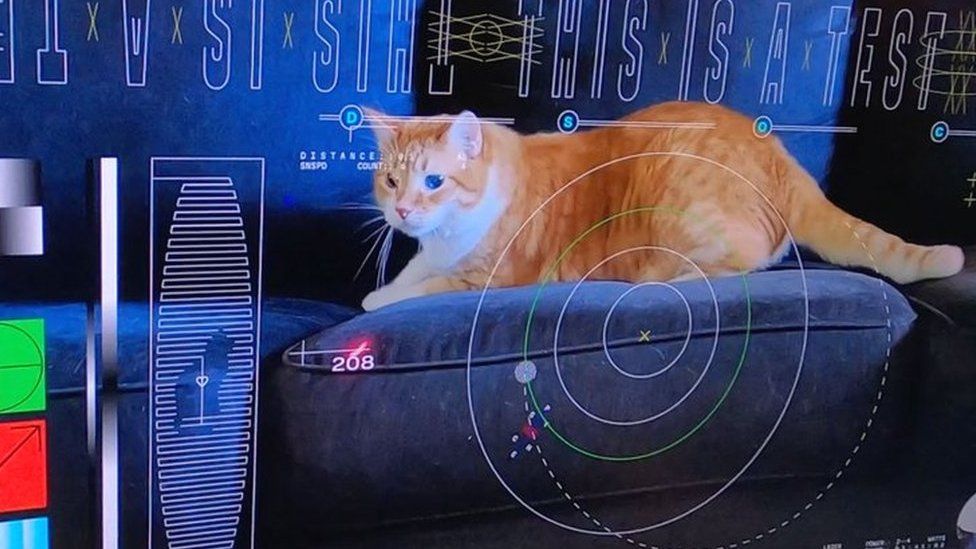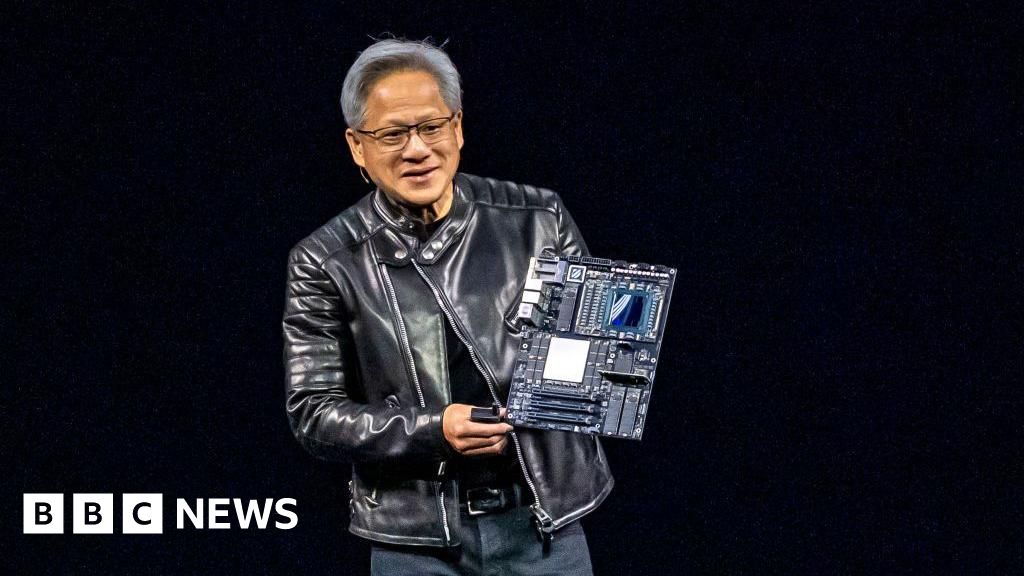ARTICLE AD BOX
 Image source, Nasa/JPL-Caltech
Image source, Nasa/JPL-Caltech
By Liv McMahon
Technology reporter
Nasa has streamed an ultra high-definition video of a cat back to Earth from the depths of space.
The 15-second clip of Taters the cat was sent via laser - and fittingly shows it chasing a laser beam.
Footage of the orange tabby travelled 19 million miles - some 80 times the distance from Earth to the Moon.
Nasa hopes the laser tech it was testing will eventually improve communications with more remote parts of the solar system.
Taters, whose paws remained firmly on Earth, is owned by an employee of Nasa's Jet Propulsion Laboratory (JPL) in California.
The video was uploaded to a spacecraft launched with SpaceX's Falcon Heavy rocket from Florida's Kennedy Space Center on 13 October, and was streamed on 11 December.
"Despite transmitting from millions of miles away, it was able to send the video faster than most broadband internet connections," said JPL electronics lead Ryan Rogalin.
The video was received by the Hale telescope at the Palomar observatory, where it was downloaded.
From there it was streamed to the JPL and played there in real-time.
Mr Rogalin said the connection over which the video was sent from the Palomar observatory to the JPL base was actually slower than the signal transmitting the clip from space.
"JPL's DesignLab did an amazing job helping us showcase this technology. Everyone loves Taters," he added.
Image source, Nasa/JPL-Caltech
Bill Klipstein, the demonstration project manager at JPL, said the video - overlaid with graphics showing technical mission information as well as Taters' breed, heart rate and age - was designed to "make this significant event more memorable".
Nasa's test formed part of the Deep Space Optical Communications (DSOC) mission - the space agency's first to look at communications reaching further than between the Earth and the Moon.
The DSOC mission is exploring what kind of technologies can deliver higher bandwidth content from the very depths of space to Earth as radio frequencies struggle to handle the amount of data needed to transmit higher volumes of high-quality images and video over great distances.
"This accomplishment underscores our commitment to advancing optical communications as a key element to meeting our future data transmission needs," said Nasa deputy administrator Pam Melroy.
"Increasing our bandwidth is essential to achieving our future exploration and science goals, and we look forward to the continued advancement of this technology and the transformation of how we communicate during future interplanetary missions."

 1 year ago
33
1 year ago
33








 English (US) ·
English (US) ·